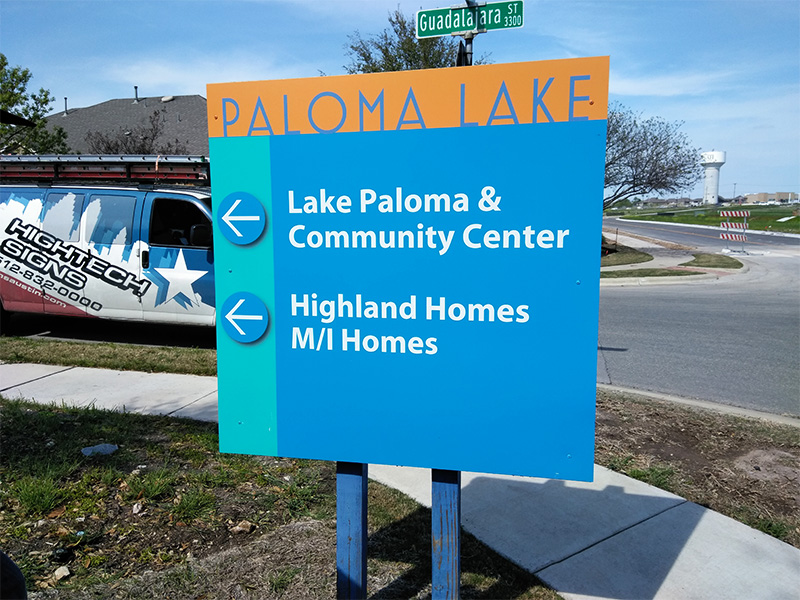The Importance of Wayfinding Signs
In the intricate maze of urban landscapes, airports, hospitals, and shopping centers, wayfinding signs serve as silent guides, ensuring seamless navigation for the uninitiated. These unassuming signposts are the unsung heroes of spatial orientation, offering a visual language that transcends barriers and enhances user experience.
Wayfinding signs do more than simply point the way; they communicate information efficiently and intuitively. Color-coded maps, clear symbols, and directional arrows provide users with instant cues, reducing anxiety and fostering a sense of control in unfamiliar environments. Whether guiding someone to the nearest restroom or leading them through a sprawling campus, these signs bridge the gap between confusion and clarity.
In addition to their functional aspects, wayfinding signs contribute to the aesthetic fabric of a space. Thoughtfully designed signs integrate seamlessly with their surroundings, enhancing the overall visual appeal while maintaining a balance between form and function. A well-executed wayfinding system not only facilitates navigation but also adds to the overall ambiance of the environment.
As technology continues to advance, digital wayfinding solutions are emerging, offering interactive maps and real-time information. Despite these innovations, the fundamental role of wayfinding signs remains unchanged: to guide, inform, and empower individuals to navigate their surroundings effortlessly.
In essence, wayfinding signs are the silent storytellers of spaces, narrating the journey and ensuring that every step is taken with confidence. Their unobtrusive presence speaks volumes about the thoughtful design that goes into creating user-friendly environments, where the path ahead is clear, and the destination is never far from sight.









